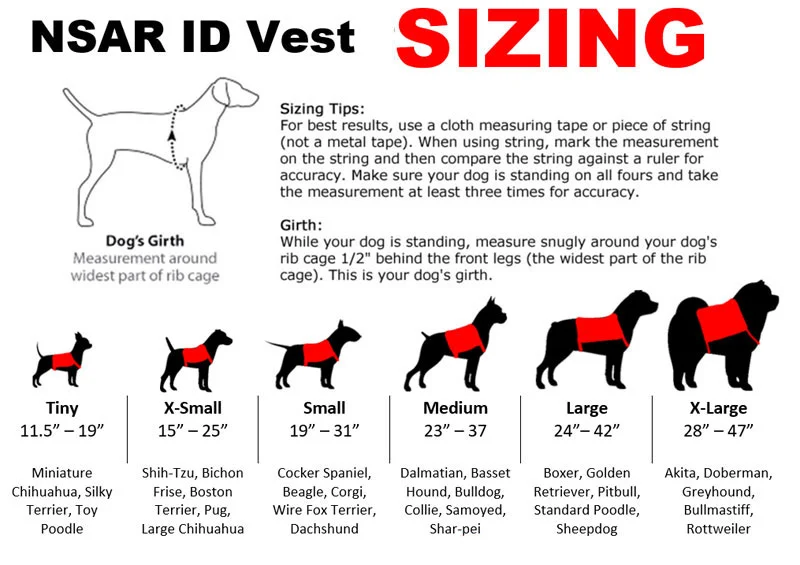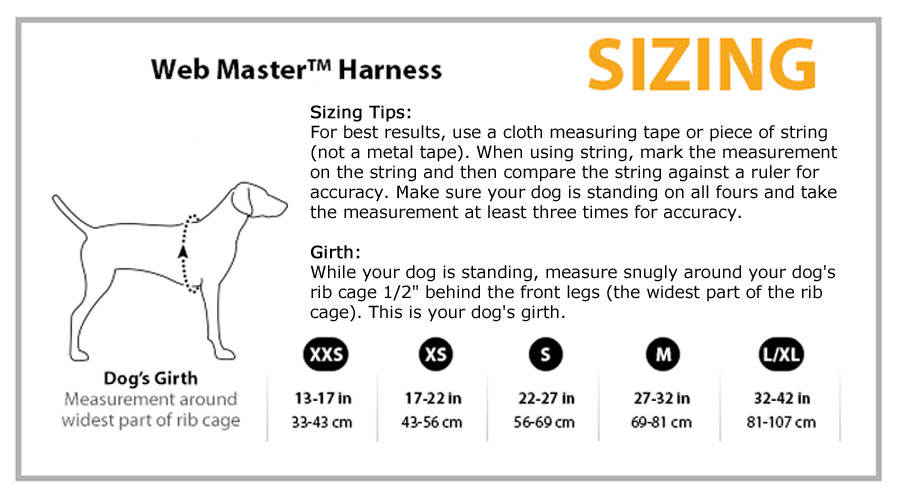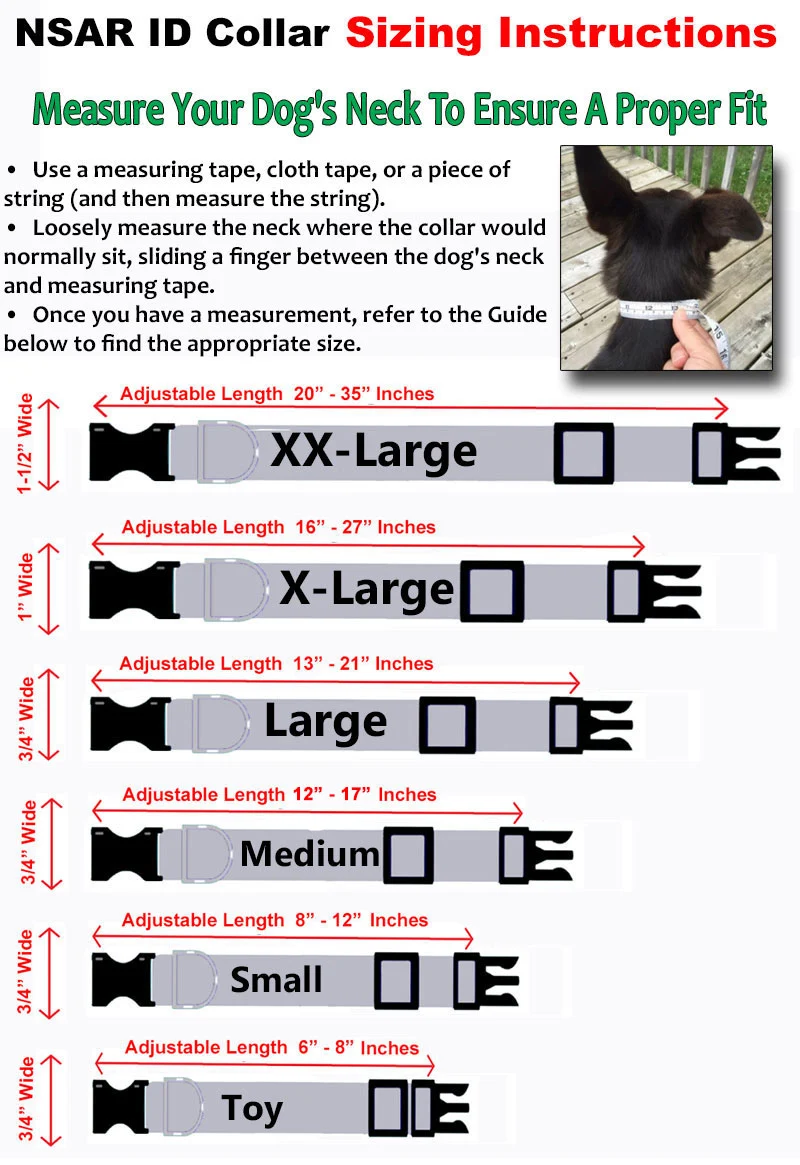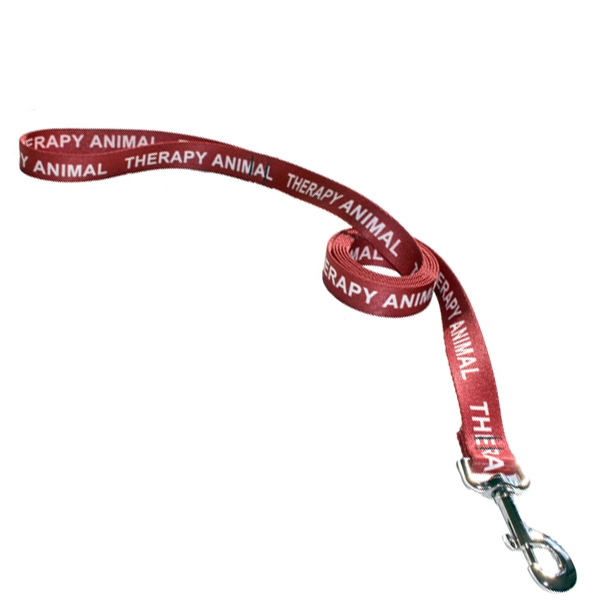
Going on a trip with your Service Dog?
There are times when we need to travel with our Service Dog for business or pleasure, or even just a short trip to the vet.
Companies such as Uber have changed the way we think about taxis. Whereas they used to be considered an expensive way to travel, they are now much more affordable, commonplace and easy to arrange.
It’s reassuring to know we have the option of using Uber when we need to be somewhere quickly and safely with our Service animal.
This aim of this article is to give you all the information you need to book a ride with Uber for you and your Service Dog. We’ll cover your rights and responsibilities and what to do if something goes wrong.
Do all Uber cars take Service Dogs?
Yes, the right for anyone with a Service animal to ride in a car booked through the Uber App is protected by both state and federal law. In addition, Uber as a company is very supportive of people with Service Dogs. They consider that the company has a role to play helping people with Service Dogs travel easily, and they take this role very seriously.
Uber drivers are not allowed to refuse to drive you and your Service animal even if they are allergic to animals, or have a religious or cultural objection. They are not allowed to refuse your trip even if they have a phobia about dogs.
All drivers working with Uber have been made aware of the Service Dog policy. In other words, they know they are legally obliged to take customers with a Service Dog and they have agreed to do this.
Uber has established systems in place so all new and existing drivers receive an in-app notification that they have to acknowledge in order to demonstrate that they accept their obligations to transport Service animals and their owners. In addition, all drivers receive a quarterly email reminding them of these legal and contractual obligations and general information about transporting Service Dogs.
If a driver refuses to take anyone because they have a Service Dog with them, they would be breaking their agreement with Uber, it would be considered discrimination and their contract with Uber would be terminated.
Will I be charged a fee for riding with my Service animal?

No. An Uber driver cannot charge you a fee for traveling with your Service Dog.
Furthermore, if your trip is canceled or you incur any other fees from Uber because you had a Service Dog with you, you will be refunded.
You cannot be charged a cleaning fee for your Service animal because of shedding. You may be charged a cleaning fee if the dog urinates, defecates or vomits in an Uber car, but only on the third occasion. If you receive a cleaning fee by email for this reason and don’t agree with it, or it’s only the first or second occasion that it’s happened, you can contest it by responding to the email.
What happens if a driver refuses to take a customer with a Service Dog?
If any driver is suspected of refusing to allow someone with a Service animal to ride in their car, or discriminates against them in another way, they would not be allowed to drive for Uber anymore.
If a complaint is made about a driver concerning discrimination but there isn’t enough evidence against them, the complaint will be kept on record. If repeated complaints are made against a driver, they would be permanently prevented from driving for Uber.
Do I need proof that my dog is a Service Animal?
No, you are not required to carry any written documentation that your dog is a trained service animal. The driver is not allowed to ask for any proof. Uber drivers are only allowed by law to ask you two questions about your dog:
- Is the dog required because of a disability?
- What work or task has the dog been trained to perform?
In addition, your dog is not required to wear an identification tag or anything else to indicate that he is registered as a Service animal. If you say your dog is a Service Dog, the driver should take your word.
Should I inform the driver in advance that I am bringing my Service Dog?
Although you are not legally obligated to inform the driver in advance that you are bringing your Service dog on a trip, you might feel more comfortable doing so as a courtesy and the driver might appreciate it too so he is better prepared.
Many drivers carry a towel or a blanket for dogs to use, but again you might feel more comfortable bringing one your Service animal is familiar with and you know is clean.
What should I do if I have a complaint about Uber concerning my Service Dog?
If a driver refuses to take you because you have a Service animal with you, cancels your ride for this reason, charges you improper cleaning fees or harasses you in any way, you are invited to submit a complaint against him to Uber.
Uber has a specialist support team who are responsible for investigating, documenting and resolving all complaints made about violations of their Service animal Policy.
Following their investigation, the support team will get back to you within a week to let you know the outcome and the action taken. They would, for example, tell you if the driver’s contract has been terminated as a result of your complaint or if there wasn’t enough evidence on this occasion but a record has been kept and could be used to support any future cases of discrimination.
If the support team find that the driver has violated his Uber Technology Support Agreement or Uber’s Service Dog Policy, his contract with Uber will be terminated. If an Uber driver’s contract is terminated as a result of a complaint made by you, you will be informed and receive a $25 account credit from the company.
You can file a complaint either through the Uber App, or the website.
To file a complaint using the Uber App, use the I Want To Report A Service Animal Issue screen that can be assessed from either the Trip Details screen or the Account Menu button.
To file a complaint using the Uber website, click on I Want To Report A Service Animal Issue or go through the Help link.
Further information about Uber’s Service Dog Policy including full details of how to make a complaint is available from this website.
Can I bring a non-Service Dog in an Uber car?
Whereas Drivers are legally obliged to allow Service Dogs to travel in their cars with their owners, they are allowed to use their discretion about non-Service Dogs.
If you plan to take a non-Service Animal on a trip in an Uber car, the company suggest you message the driver through the Uber App once your ride request has been accepted to let him know.
It is good practice to minimize mess by bringing a blanket or a crate for your pet to sit on during the journey. It helps to for your service dog to wear a service vest. It minimizes problems. Get one here.
3 Top tips for traveling in cars with dogs

Your Service Dog will have had training on traveling by car, but it might have been a while ago and you might feel nervous about taking him in a taxi rather than a car he is familiar with.
Here is some general advice about traveling in a car with your Service Dog.
1. Take him for a walk first
Before you travel make sure your Service Dog is properly exercised as he is likely to be confined for a while which can be uncomfortable for him.
Taking him for a good walk before you get into the car will allow him to use some energy and relieve himself.
2. Don’t feed him just before your trip
Don’t give your Service Dog a big meal before you get in the car as the motion might make him sick. Either give him a small meal, take his food with him or wait until he gets home.
If your dog has a history of getting car sick and you need to take him on a long journey ask your vet for advice. He might give him medication or have other suggestions that could help.
3. Be prepared
All dogs have accidents sometimes, so make sure you’re prepared with wipes and a plastic bag.
The driver will appreciate it if you bring a towel or rug for your dog to sit on to avoid mess from shedding or accidents. It’s always a good idea to bring water and a small bowl so your Service Dog can have a drink.
4. Put your dog in the footwell or use a harness
Your Service Dog has probably been trained to sit in the footwell of the car and this is the safest place for him. If you need him to be in your lap or on the seat make sure the window is closed because he might be tempted to stick his head out in the breeze which is very dangerous. If you frequently take your Service Dog in a car it would be worth investing in a special harness that clips to the seat belt.
5. Take short trips frequently
It’s a good idea to take your Service Dog on short trips frequently so he gets used to the procedure and experience of taking a taxi. It would be reassuring for you to know that in an emergency you can order an Uber and both you and your Service Dog are comfortable and familiar with the process.
If you are planning a long trip with your Service Dog build up to it with a few shorter trips.
6. Never leave your animal in a parked car
If you’re taking your dog out in any car, remember never to leave them inside the car when it is parked. Cars get dangerously hot very quickly and your dog could get severely dehydrated.
7. Make sure your dog wears an identity tag
It is very important that your Service Dog can be identified just in case the worst happens and he loses you. Make sure he has an identification tag and is microchipped. This is especially important if you are taking a trip and he will be in an unfamiliar environment.
Final Words
To summarize, you are allowed by law to take your Service Dog with you in an Uber car, and the driver cannot refuse on any grounds, even if he has an allergy, religious or cultural objections or a phobia of dogs.
You will not be charged an additional fee for traveling with your Service Dog, or even a cleaning fee if he sheds. If he makes a mess that involves bodily fluids, you may be charged only on the third occasion it happens.
If you believe you have been discriminated against because you have a Service Dog, either by being refused a ride, charged improper fees or harassed in any way, you are invited to make a complaint either through the Help section of the Uber App, or by clicking on I Want To Report A Service Animal Issue. If you simply want to contest a charge, you can do so by replying to the email you receive.
There are times when we need to travel with our Service Dogs, for work, pleasure, or even to take them to the vet. It’s reassuring to know that we have the option of using Uber and that this right is not only protected by law but also fully supported by the Uber company.
We hope this article has clarified your rights and responsibilities and given you the confidence to know how to use Uber with your Service Dog.
Happy traveling!



















